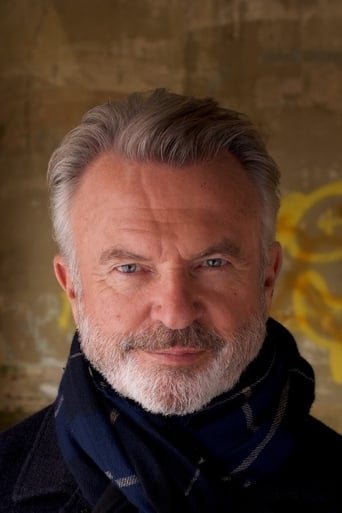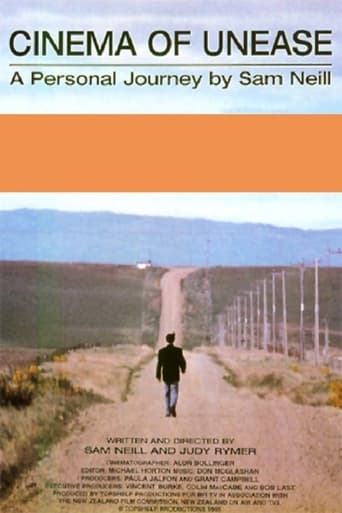
Cinema of Unease: A Personal Journey by Sam Neill
October. 10,1995Actor Sam Neill discusses New Zealand film and his own experiences within and without.
Similar titles
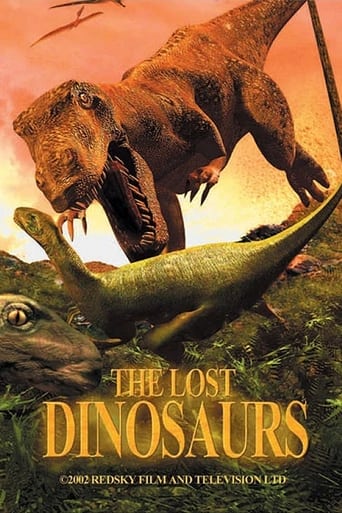
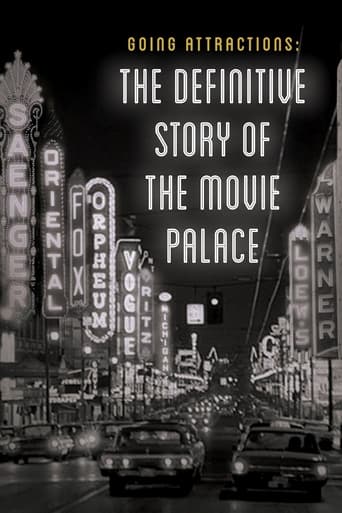
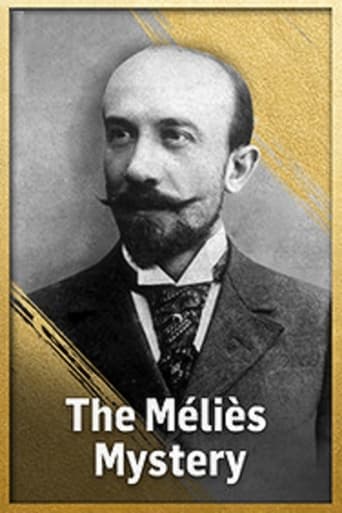
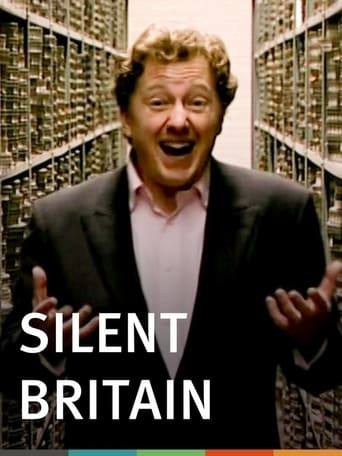
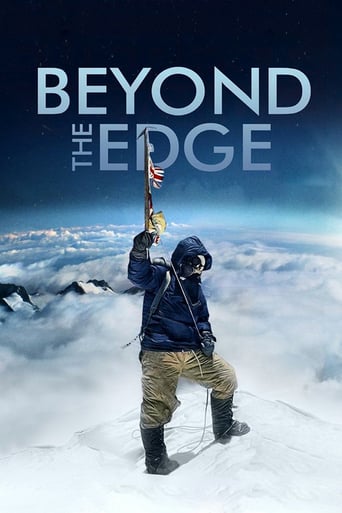
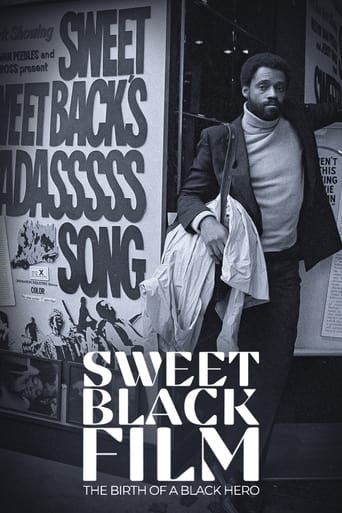
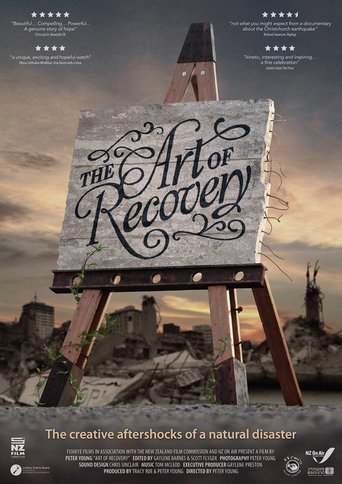

Reviews
Fresh and Exciting
A lot more amusing than I thought it would be.
The first must-see film of the year.
Through painfully honest and emotional moments, the movie becomes irresistibly relatable
Ex-pat actor New Zealander Sam Neill takes a personal journey through the history of New Zealand cinema, starting from around 1950. We are left in no doubt that this take is as viewed from his driver's window. He argues that New Zealand cinema reflects a lonely place. He sees the desolate roads of Aotearoa as symbolic of the role that journeying plays in this nation's narratives - both physically and metaphorically. He holds movies like Good Bye Pork Pie up as examples.This documentary was made the year after Peter Jackson's Heavenly Creatures put him on the world stage. Neill grew up down the road from the real-life murder in this film and uses this tie-in to take us back through his childhood in Christchurch to show what New Zealand was like in the 1950s and 60s for the rest of the nation. (As narrator, he goes a bit too far setting the reminiscent mood by riding a kid's bike while wearing a child's baseball cap.) Growing up in this era, film was a night out and a part of the social fabric of society. The material on offer, however, was almost always foreign and New Zealanders liked it that way, hankering as they did to be "somewhere else." This was the days of "bodgies" and "troubled youth" watching forbidden cinematic fruit (fast cars, shoot-em-ups and Jayne Mansfield). At one point, the army was brought into the town square to control the movie-going youth.Neill puts forward New Zealand as place seething with horror and madness, especially citing Janet Frame's Angel at My Table and the killing spree at Aramoana. Until the release of Sleeping Dogs, 1977, (starring Neill), New Zealanders on the whole didn't much care about seeing New Zealand film. Dogs (dir. Roger Donaldson) depicted authority as violent and foolish. Scenes featuring rioting protesters being subjected to police brutality eerily foreshadows the later real riots of the 1980s Springbok Tour (as covered by the documentary Patu!). Neill suggests that New Zealand film is often focused around authority or a strong patriarch that would remain with film well into later films like Once Were Warriors. Fear was a subject of study for Kiwis filmmakers. The work of early New Zealand directors like John O'Shea and John Laing (Bad Blood) is looked at to support this. In contrast to depictions of what Neill calls "psychological interiors," however, was the portrayal of New Zealand as a picturesque place, epitomised by the release of the nationalistic scenic This is New Zealand (1970). This now iconic film was produced by the National Film Unit while Neill worked there as a trainee director.In the second half of this 50-minute documentary, Neill argues that New Zealand's national cinema gains distinction by its performers as much as its auteurs, such as the archetypal "man apart" Bruno Lawrence. This recurring "man alone" figure (based on the book) is hand-in-hand with the image of the road and the promise of freedom and anarchy that it represents. Neill sees cinema as a reflection of a nation. In this case, the reticent New Zealanders had gotten over their initial disapproval of homegrown films and began to show a real approval and enthusiasm for their own cinema. The old cultural cringe of film in New Zealand was slowly being broken down, giving rise to a cultural renaissance of film. Around this time, Vincent Ward helped bring New Zealand cinema into an era of art-house. Film also began to reflect more political commentary and a sense of Maoridom and Polynesia started to really surface.Neill's sometimes pretentious one-sided view of New Zealand's national cinema is peppered with some quirky funny moments in his narration. Whether one agrees with his analysis of New Zealand as a place of psychological distress, he puts forward an argument worth watching. Who knew that in the ten years following this documentary, New Zealand film would rise to the meteoric heights that it has internationally.
This is an excellent documentary on the New Zealand film industry - which has sprung from virtual non-existence into international prominence within less than 15 years, with such productions as Jane Campion's "The Piano" and "An Angel at my Table" and Peter Jackson's "Heavenly Creatures" among a number of films that are equally watchable, if less well-known internationally. Not only does Sam Neill provide interesting insights into what drives New Zealand's filmmakers, and the cultural background (or apparent lack of it!) they come from - it is also a brilliant piece of documentary film-making in its own right. Narrated from a very personal perspective, Sam Neill's comments are both witty and insightful, his presentation lively, at times quirky - and the viewer is left with a much better understanding of what it means to make films in this particular place of the world - as well as an increased admiration for the results of that activity!
I saw _Cinema of Unease_ on STAR-TV out of Hong Kong a few years back, during the centennial celebration of film. To date, I find it the best overview of a nation's film that I have seen. And, of course, NZ film is not to be missed. Not only does Sam Neill (whom I admit is one of my favorite actors - from _Reilly: Ace of Spies_) act well, but he writes and directs a workable, tongue-in-cheek story of himself, of his country, and of the film he loves.
I saw "Cinema of Unease" in 1997 at the Austin Film Festival. Sam Neill gives a very personable narration of the evolution of the New Zealand film industry. Much of the documentary focuses on the evolution of the New Zealand film industry with glimpses into the native films "An Angel at My Table", "Heavenly Creatures" and "The Piano". (I was compelled to view each of these films on video after I watched "Unease".) "Unease" originates from the Kiwis' penchant with such dark, unfashionable themes such as the dysfunctional family, puberty, and the occasional patricide. Mr. Neill tells of his coming of age as an actor in Christchurch and his analysis of future trends in New Zealand cinema. For anyone interested in a glimpse into the culture of the other "land downunder", you must see this film.
Top Streaming Movies













